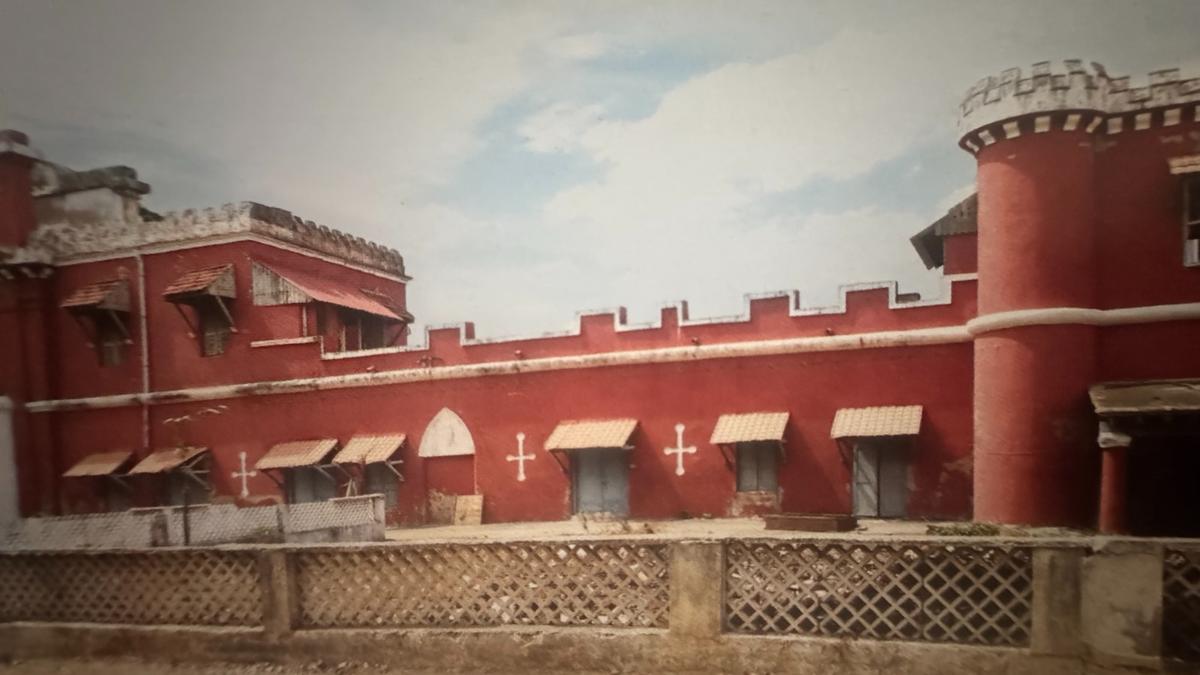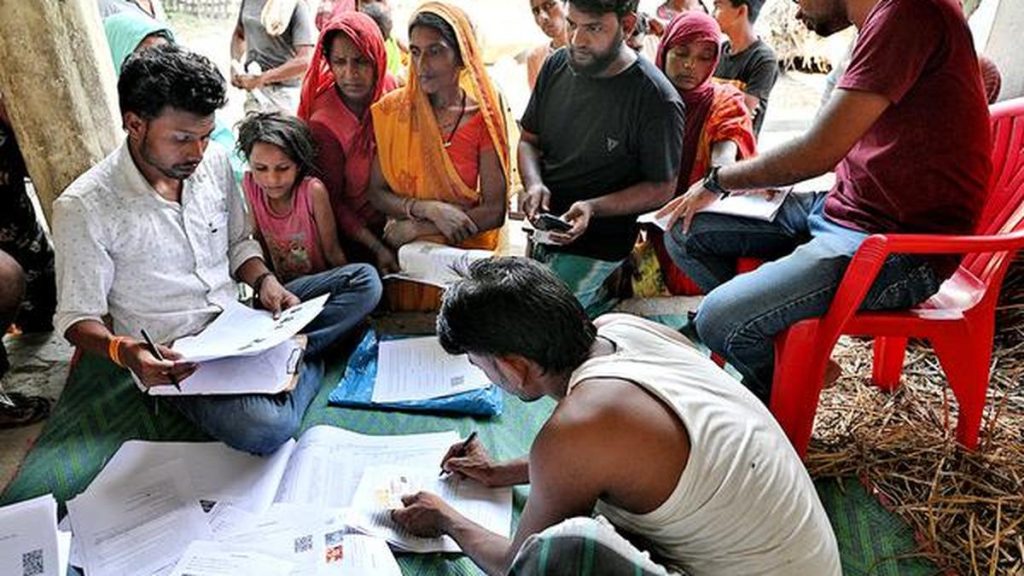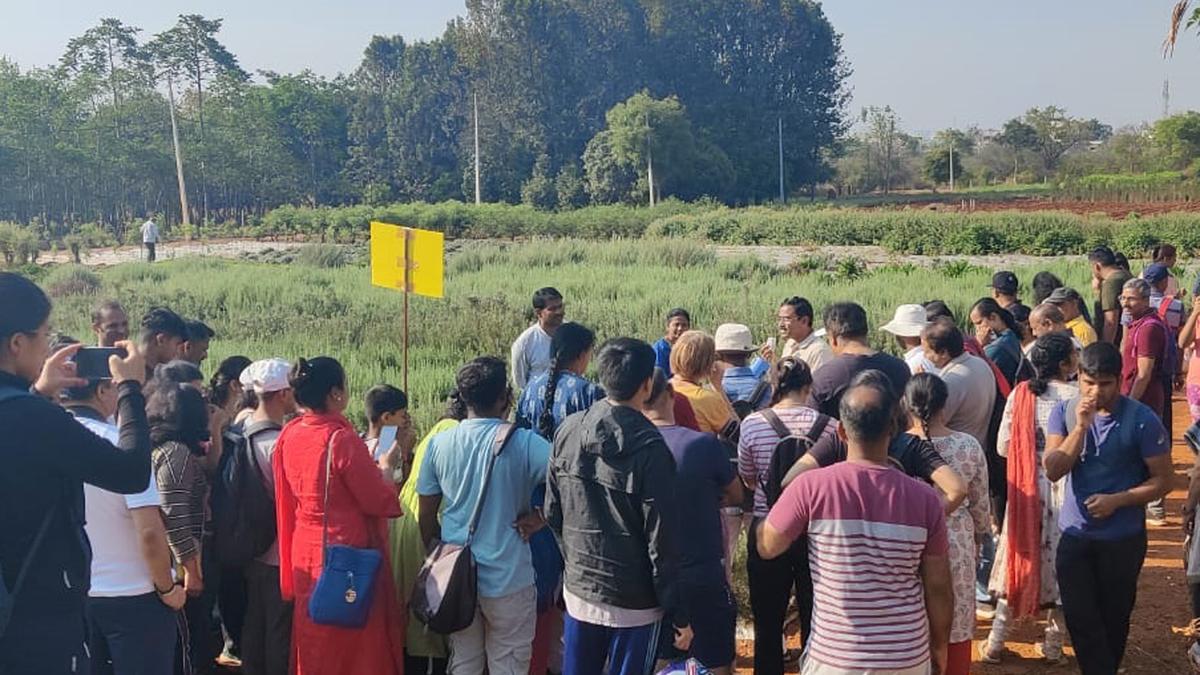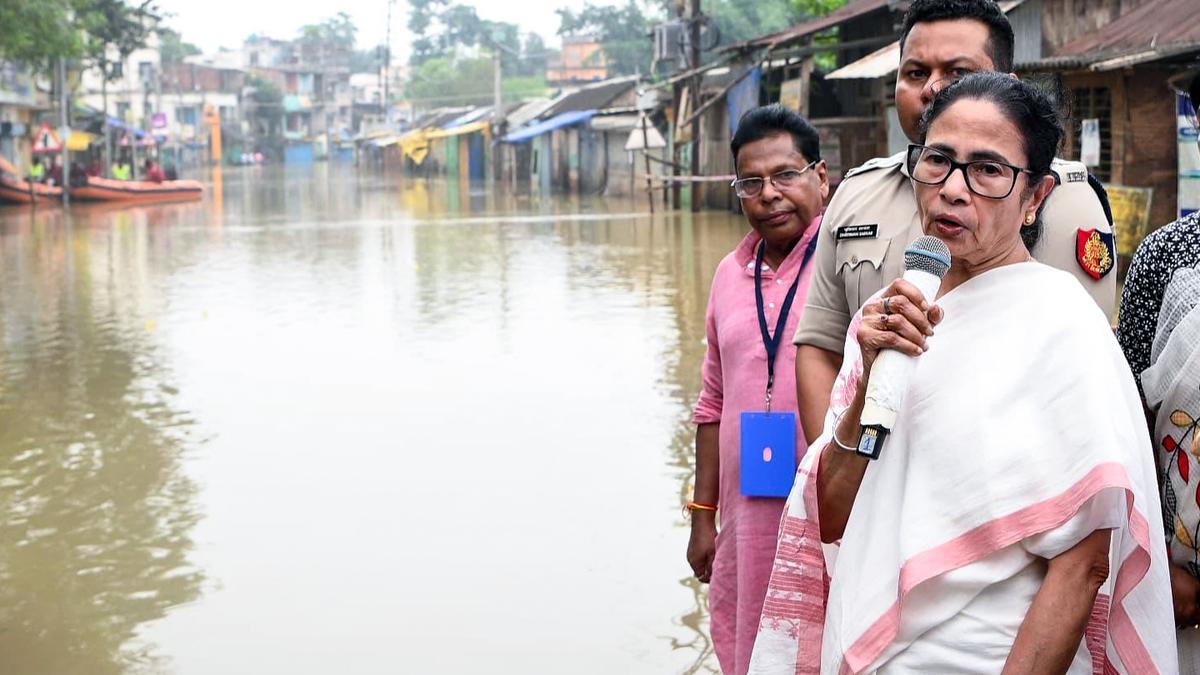Now Reading: Why College Road’s Name Matters
-
01
Why College Road’s Name Matters
Why College Road’s Name Matters

Quick Summary:
- College Road in Chennai derives its name from the College of Fort St. George, operational between 1812 and 1854.
- The college was established primarily to teach East India Company employees South Indian languages (Tamil, Telugu, Kannada, Malayalam), Persian, and Sanskrit.
- Francis Whyte Ellis, a linguist and notable administrator wiht the East india Company, was one of its founders.
- The institution became a center for scholarly activity in South Indian languages due to contributions from native scholars (munshis, pandits, pulavars) and the creation of manuscripts and printed books.
- First dictionaries for Tamil, Telugu, Kannada, and Malayalam with English meanings were published by this college.
- It fostered pioneering academic collaboration among scholars across caste and religious lines long before modern universities existed in India.
- Francis Whyte Ellis also contributed to linguistic discussions that laid groundwork for recognizing Tamil as a classical language by theorizing about Dravidian roots diverging from Sanskritic origins (“Dravidian Proof”).
- A recent controversy emerged over renaming “College Road” after Jaishankar (an actor), which prompted protests. Eventually, only “College Lane” was renamed instead of “College road.”
Indian Opinion Analysis:
The retention of “College Road” underscores public attachment to past institutions like the College of Fort St. george that played foundational roles in cultural preservation and linguistic scholarship during colonial times. With its lasting contributions to Dravidian identity formation through its scholarly work on South Indian languages’ non-Sanskritic origins-an issue still relevant today-it represents an enduring legacy beyond historical curiosity.
The decision not to change the road’s name potentially reflects widespread societal recognition that preserving markers tied to intellectual heritage enhances collective memory rather than erasing it for individual commemorations. This debate highlights ongoing tensions between honoring contemporary figures versus protecting intangible cultural assets born out of notable milestones in regional history.
Link: Read more at https://www.thehindu.com/theme/images/th-online/1x1_spacer.png























